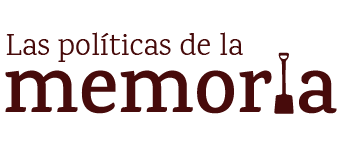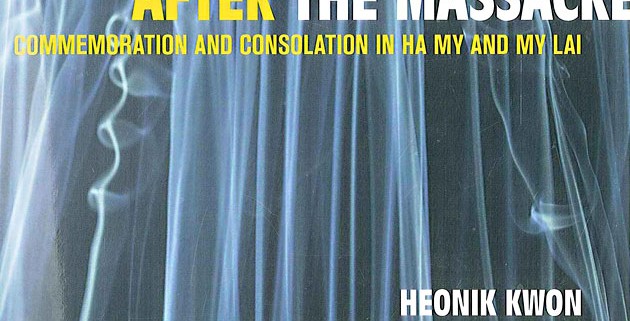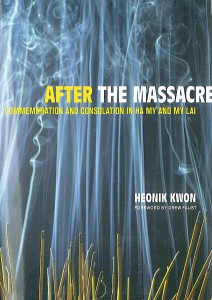MARTÍN-CABRERA, Luis and NAOMI VOIONMAA, Daniel (2007)
CLASS CONFLICT, STATE OF EXCEPTION AND RADICAL JUSTICE IN MACHUCA BY ANDRE´S WOOD
CJLA 21560723/1/2007267807
L A T I N AMERICAN CULTURAL STUDIES
Routledge Taylor and Francis Group
In this essay we will explore a series of theoretical and political problems through the reading of the film Machuca, directed in 2004 by Andre´s Wood. The aim of our analysis is to tackle these questions in light of the success and the debates promoted by the film in Chile and abroad. Machuca is framed around the last days of the UP (Unidad Popular) government of Salvador Allende in 1973.


